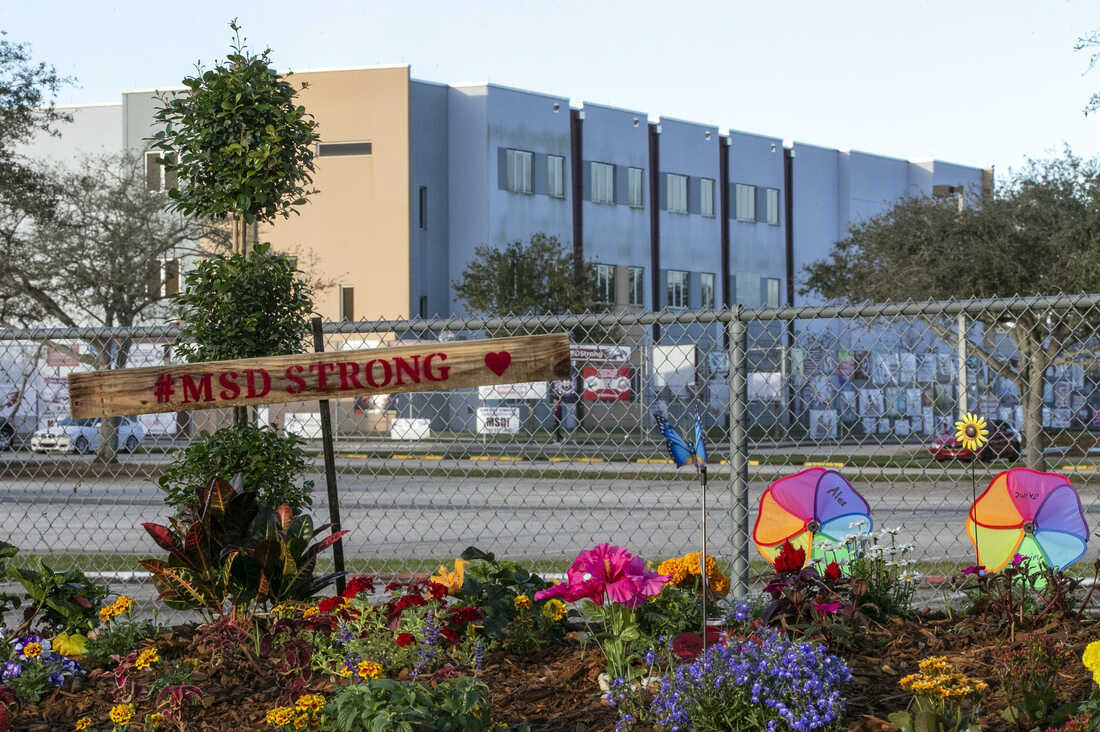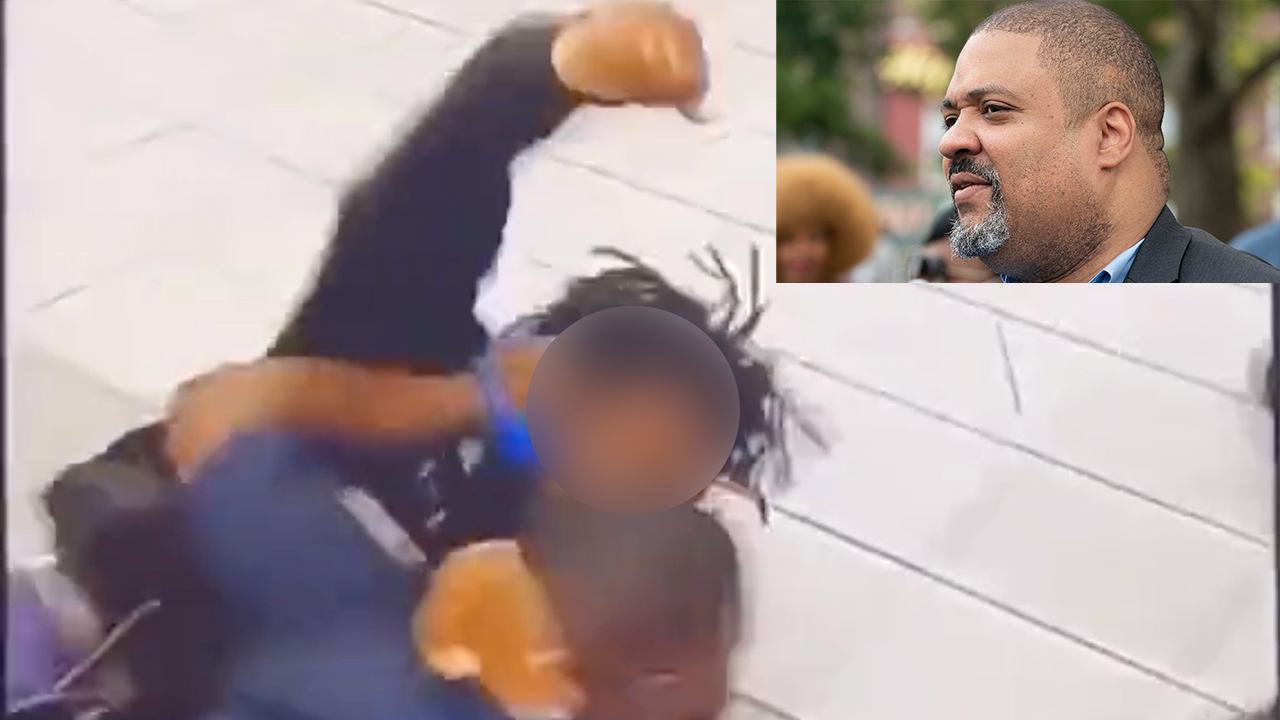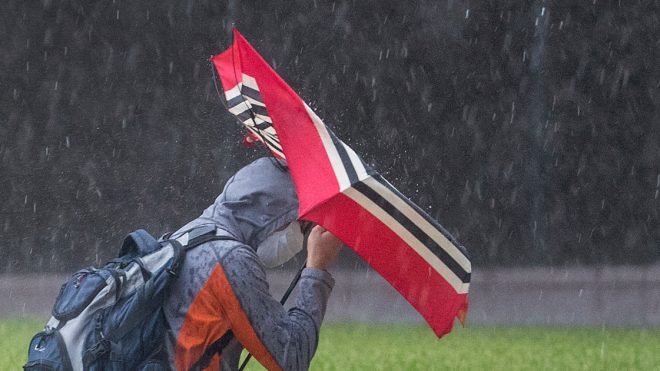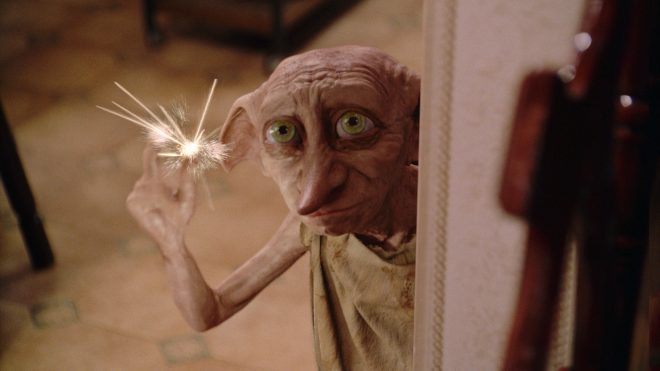
On February 14, 2019, the day after the massacre at Marjory Stoneman Douglas High School in Parkland, Florida, a tribute to the victims was visible outside the school. Hide caption – Al Diaz/Miami Herald via AP
switch to caption File
from Al Diaz/Miami Herald via AP On February 14, 2019, the day after the massacre at Marjory Stoneman Douglas High School in Parkland, Florida, a tribute to the victims was visible outside the school.
AP, File, Al Diaz/Miami Herald FLORIDA’S FORT LAUDERDALE On that Valentine’s Day in 2018, roses that had been given to celebrate love lay withered, their dried and cracked petals scattered across classroom floors that were still covered in the blood of victims who had been shot and killed by a former pupil more than four years previously.
At Parkland’s Marjory Stoneman Douglas High School, where gunman Nikolas Cruz killed 14 students and three staff members, bullet holes pocked the walls and shards of glass from windows smashed by gunfire crunched eerily underfoot. Except for the removal of the victims’ bodies and a few belongings, nothing had changed.
LAW On a rare visit to the scene on Thursday, the 12 jurors and 10 alternates who will determine whether Cruz receives the death penalty or life in prison followed Cruz’s path through the three-story freshman block known as “Building 12.” A party of journalists were then permitted entry after they left for a considerably quicker initial public glimpse.
Large puddles of dried blood still coated the classroom floors, creating a very frightening scene. Where one of the victims’ bodies had once been, a lock of dark hair was resting on the ground. There was just one black rubber shoe in a hallway. In a hallway where six people perished, brown rose petals were scattered.
Opening statements were heard by law jurors on the first day of the Parkland shooting trial. Opening statements were heard by the jury on the first day of the Parkland shooting trial. Iframe code: andlt; “https://www.npr.org/player/embed/1112219510/1112219511 ” width=”100 “” ercent height=”290″ frameborder=”0″ scrolling=”no” NPR audio player embedded title andgt;
Transcript
Unfinished lesson plans were visible in open notebooks in every classroom: In the classroom where Holocaust education was being provided to kids by instructor Ivy Schamis, a blood-covered book titled “Tell Them We Remember” was perched atop a desk punctured by bullets. We shall never forget was written on a sign that was nailed to the wall of the room.
Children had written papers about Malala Yousafzai, the Pakistani schoolgirl who was murdered by the Taliban for attending school and has since become a global advocate for women’s and girls’ access to education, in the English instructor Dara Hass’s class, where the majority of students were killed.
“A bullet went directly to her head but not her brain,” one pupil wrote. one more read “Every day of the week, we attend school, and we take it all for granted. Without realizing how fortunate we are to be able to learn, we moan and whine.”
Like other doors, Room 1255’s door, which led to instructor Stacey Lippel’s classroom, was forced open to indicate that Cruz had fired into it. A sign reading “No Bully Zone” was hanging on a wall inside. How to compose the ideal love letter was the topic of the day’s creative writing assignment, which was posted on the board.
“Dream as if you’ll live forever, live as if you’ll die today,” was a quotation by James Dean that was still adorning the wall of a second-floor hallway.
The visit is intended to demonstrate that the former Stoneman Douglas student’s actions were cold, calculated, heinous, and cruel; they increased the risk of many people dying; and they “interfered with a government function,” all aggravating factors under Florida’s capital punishment law. Prosecutors rested their case after the jury’s tour.
When the jury retraced Cruz’s steps from floor to floor on February 14, 2018, firing down halls and into classrooms as he went, neither the judge nor the attorneys were permitted to talk to the jurors, and the jurors were not permitted to converse with one another either. The jury had already seen CCTV footage of the incident and pictures of its aftermath before the tour.
The building has been sealed, and a chain-link fence measuring 15 feet (4.6 meters) in height is now erected around it. The privacy mesh screen is fastened with zip ties. Anyone around can readily see it as it hangs menacingly over the school, its 3,300 students, instructors, and staff. When the prosecutors give their approval, the Broward County school district intends to destroy it. It is currently a court exhibit.
“It is visible when you pass it while driving. It’s there when you’re heading to class. It is simply a massive edifice that is impossible to overlook, “said junior at Stoneman Douglas at the time of the massacre Kai Koerber. He is currently studying at the University of California, Berkeley, and created an mental health phone app. “It is basically a constant reminder,” which is “awful and extremely stressful.”
Cruz, 23, pleaded guilty in October to 17 counts of first-degree murder; the only issue still up for trial is whether or not he would get a death sentence.
Prosecutors hope the visit will be “the final element in removing any question that any juror could have had that the death penalty is the sole recommendation that can be made,” according to Miami defense attorney David S. Weinstein.
These site visits are uncommon. Former prosecutor Weinstein claimed he had only one jury trial out of more than 150 since the late 1980s.
They are uncommon because they are a logistical headache for the judge, who must safely transport the jury to the site and back to the courthouse or risk a mistrial. Additionally, a visit would typically not provide accurate proof: After law enforcement has left, the structure or public area is put back to its original usage. Things are moved, the scene is cleaned up, and repairs are performed. For this reason, many judges instruct juries not to visit the place on their own during trials.
The visit together with the other gruesome videos and images jurors have already seen, according to University of Miami law professor Craig Trocino, could provide Cruz’s attorneys with a path forward if they find themselves in a similar circumstance.
Evidence eventually turns inflammatory and prejudiced, he claimed. A cumulative capstone may be the site visit.
Cruz’s defense have contended that the prosecution used evidence not just to support their case but also to arouse the emotions of the jury.













